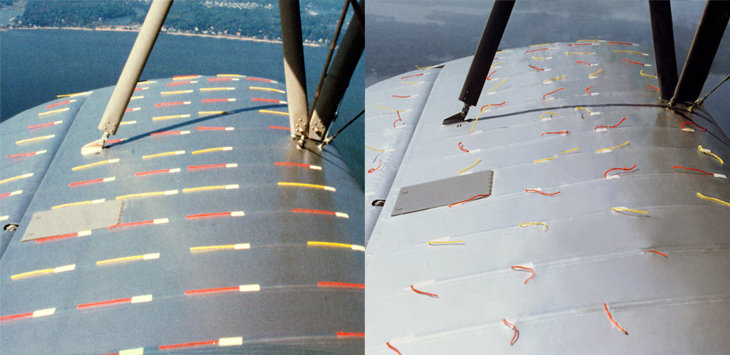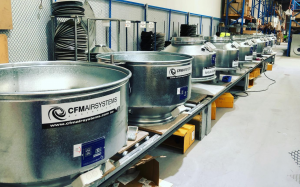

The return plenum carries the air from several large return grills (vents) to a central air handler for re-heating. These systems rely on ductwork, vents, and plenums as means of air distribution, separate from the actual heating and air conditioning systems. JSTOR ( July 2014) ( Learn how and when to remove this template message)Ī forced-air system includes registers located in individual rooms through which heated air is discharged.Ī forced-air central heating system is one which uses air as its heat transfer medium.Unsourced material may be challenged and removed. Please help improve this article by adding citations to reliable sources. Radon, a radioactive soil gas, poses a serious hazard in many areas.This article needs additional citations for verification.Volatile organic compounds (VOCs) from off-gassing (of building materials, adhesives, paints, finishes, pesticides and some household cleaning products) and sometimes asbestos.Combustion pollutants (including carbon monoxide), lead in dust (from old paint or lead-tainted soil).Biological pollutants (mold spores, dust mites, bacteria, viruses, pollen, animal dander).

Some c ommon home indoor air pollutants include: Indoor air typically contains more types and higher concentrations of pollutants than outdoor air, even in industrialized areas. An example is closing a door to a room that has supply registers delivering air, but no return grille making the room positive and the area with the return grille negative.
A strong wind (hurricane) entering a home through a broken window can pressurize the house enough to damage it.įorces can create simultaneous positive and negative pressures in different parts of a building. A positive pressure can be created and controlled with a fresh air intake. Illustration of negative pressure caused by leaky ductsĪ positive pressure happens when more air is supplied than removed from a space. A large enough negative pressure can lead to dangerous backdrafting of the chimneys and flues of combustion appliances. In warm climates, a slight negative pressure is preferable to prevent hidden moisture problems in building cavities. In all climates, a balanced air pressure is ideal, but difficult to maintain. In summer, that means hot, humid air infiltration. Leaky ducts in attics cause negative pressure inside homes and increase infiltration of air through walls or crawl spaces and floors. In warm climates, a slight positive pressure is advantageous in cold climates, a slight negative pressure is preferable to prevent hidden moisture problems in building cavities. In all climates, a balanced air pressure is ideal, but difficult to maintain. If the amount of air removed from an enclosed space (exhaust systems or air return to the air conditioner) does not equal the amount of air supplied to that space, then a pressure imbalance is created.Ī negative pressure happens when more air is removed than added, causing the building to draw in make-up air (air infiltration). To be an effective air barrier or air flow retarder, a material must not only block airflow through it, it must also be installed in a way that eliminates even small gaps, be continuous all around the conditional space and be durable. 
If there is a pathway (a gap) and a pressure difference, it will move through that pathway whether we want it or not.

Air tries to equalize between higher and lower air pressure areas.








 0 kommentar(er)
0 kommentar(er)
